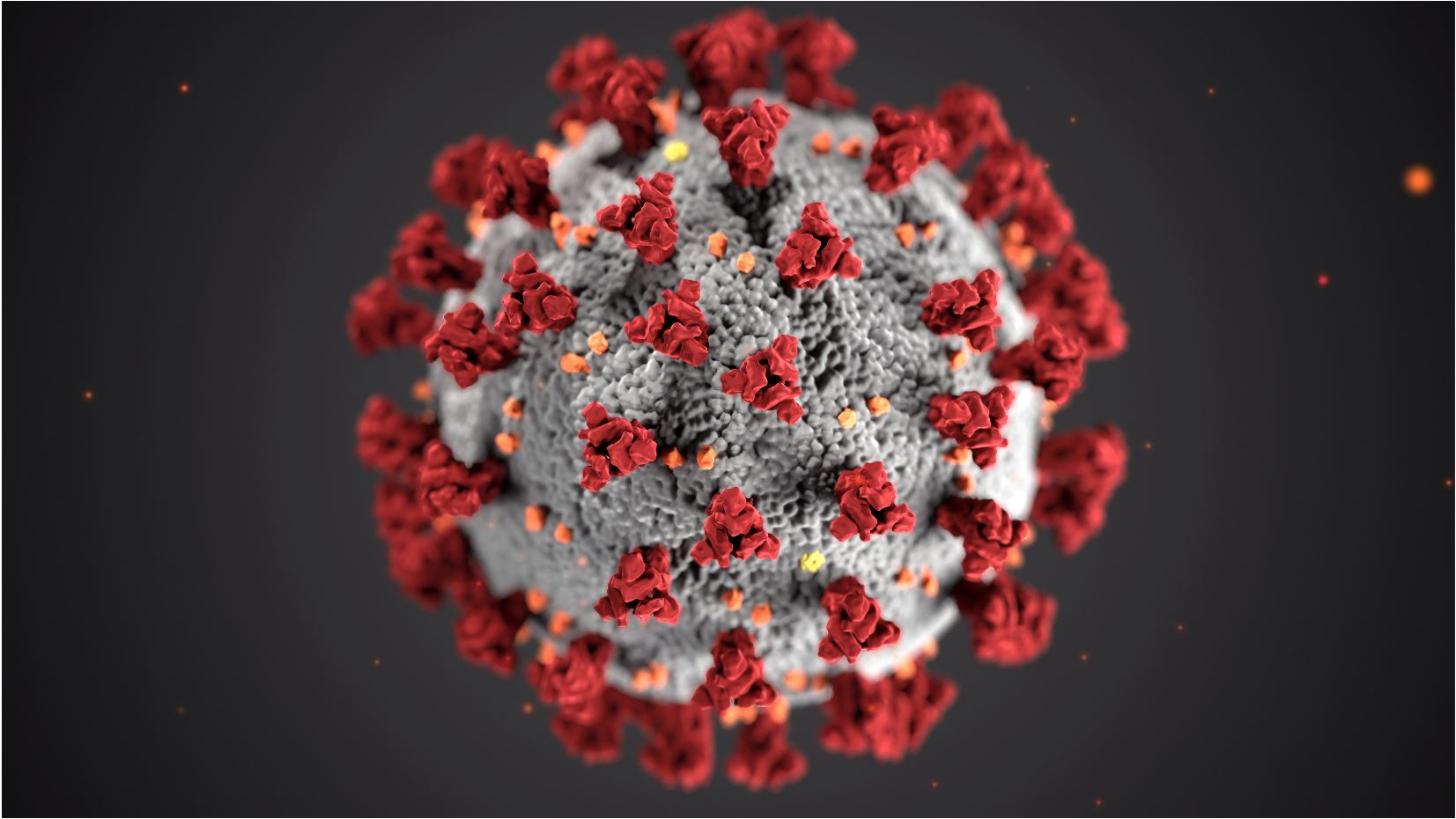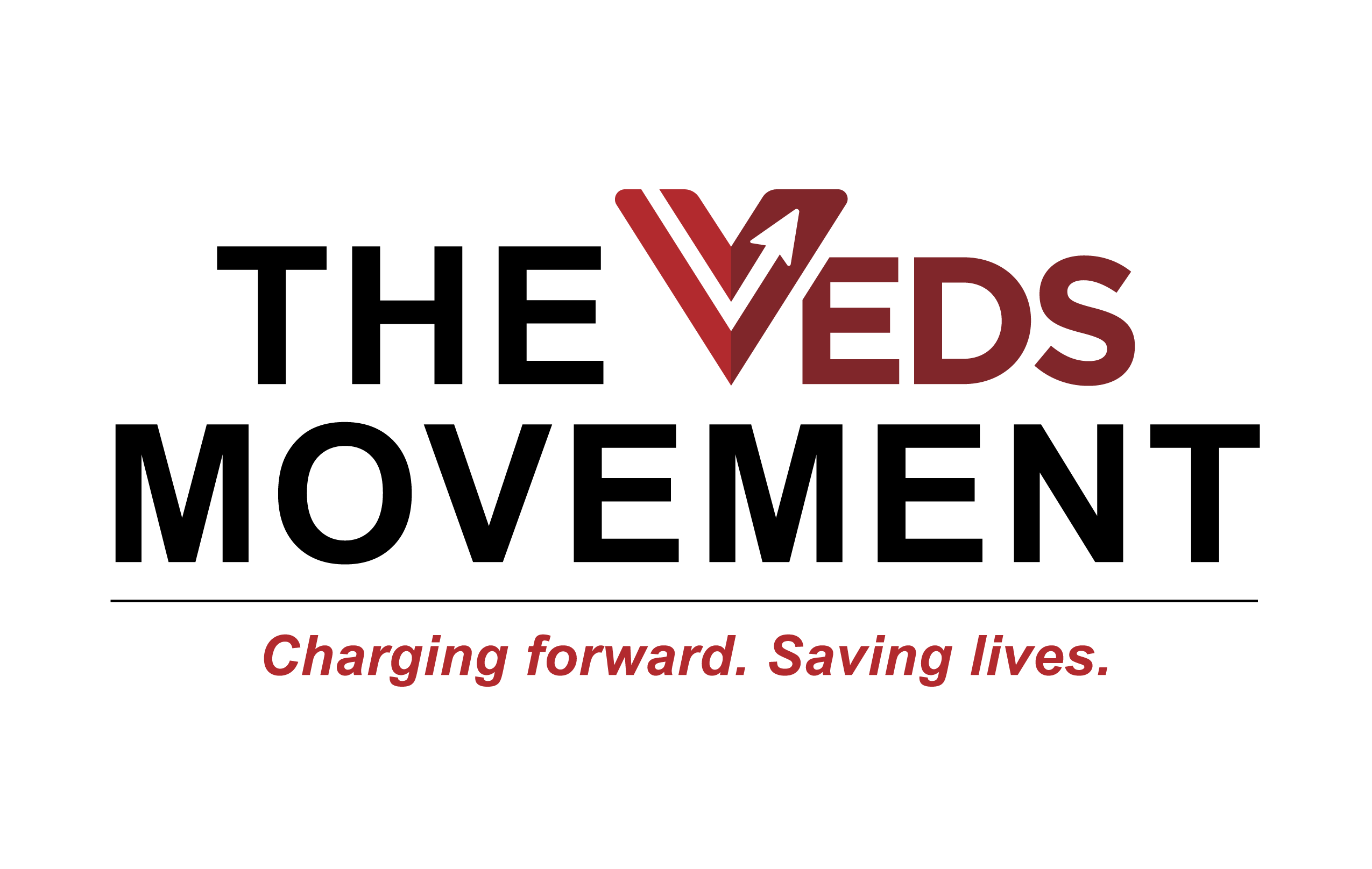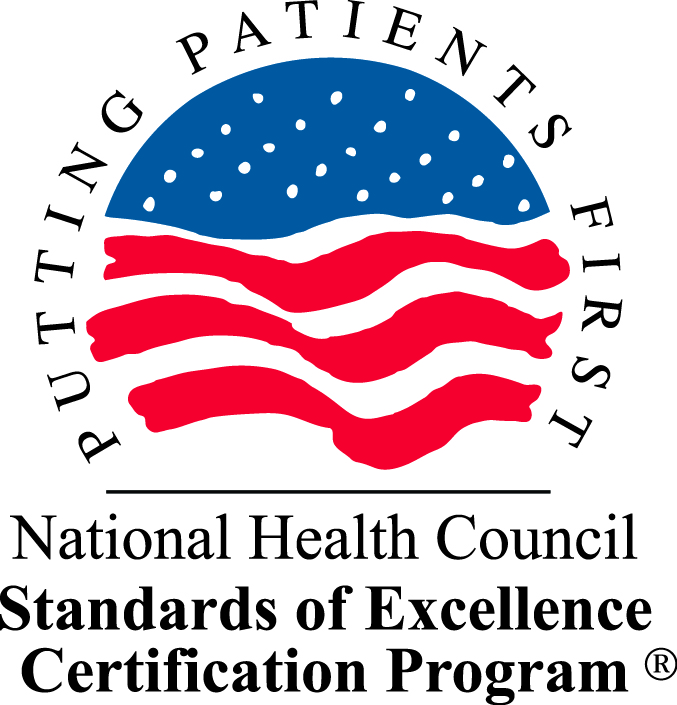
Why are people with underlying diseases, especially lung and heart disease, at high risk?
People with Marfan, VEDS, Loeys-Dietz and related conditions are not automatically at higher risk for severe complications with COVID-19 simply based on their diagnosis. However, some patients may be at a higher risk if they also have one of the lung, heart, or other conditions listed below.
High Risk Lung Indications
- Restrictive lung disease
- Emphysema
- Significant asthma (requiring chronic medications or hospitalization)
- Chronic obstructive pulmonary disease (COPD)
- Respiratory insufficiency
- Recurrent pneumothoraces
High Risk Cardiovascular Indications
- Significant valve regurgitation (causing symptoms or requiring medications)
- Heart failure
- Cardiac (ventricular) dysfunction (causing symptoms or requiring frequent monitoring or medications)
- Long-term high blood pressure
Other High Risk Indications
- For patients with ACTA2 mutations, the only group that is at a higher risk are children and young adults with ACTA2 alterations that disrupt arginine 179, referred to as smooth muscle dysfunction syndrome
- Chronic malnutrition
- Inflammatory bowel disease requiring use of immunosuppressants
- Other diseases requiring chronic use of steroids or other immunosuppressive drugs
- We suspect that people with VEDS who have coughed up blood due to lung hemorrhage are at higher risk of pulmonary complications if infected with COVID-19.
People with these high risk conditions are assumed to have a decrease in baseline lung or heart function and a decrease in the added function (called reserve) that they can tap into in the face of the stress imposed by a serious pulmonary infection such as COVID-19. This could lead to a greater likelihood for the need for respiratory support including hospitalization, supplemental oxygen, or mechanical ventilation (use of a breathing machine). The heart and the lungs work closely together and added stress on the lungs can cause secondary stress on the heart. That is why doctors worry about pulmonary infection in someone with underlying heart disease. You would know if there is concern about heart function for you or a family member if your physicians have discussed or expressed concern about certain underlying issues, symptoms, or precautions, such as:
- Valve leakage of sufficient severity to impair heart function
- Long-term and uncontrolled high blood pressure
- Damage to the heart muscle as a result of a heart attack or dissection
- Difficulty breathing if you lie flat
- Decreased ability to exercise or perform normal functions such as climbing stairs
- Specific use of medications to improve your heart function
- Frequent monitoring of your heart size or function (more than once per year)
Ventilator Use
A breathing machine is used to support lung function in people who cannot keep up with the oxygen demands of their tissues through normal breathing, despite the use of supplemental oxygen by face mask or nasal cannula. This is accomplished through the placement of a breathing tube through the mouth (intubation) or directly through the skin into the trachea (tracheostomy). Typically, this is only done based on a documented inability to sustain oxygen levels, not simply because a problem is anticipated based on an underlying diagnosis (such as a connective tissue disorder).
Anyone with a connective tissue diagnosis that would put them at greater risk for lung fragility (such as Marfan syndrome, Loeys-Dietz syndrome or Vascular Ehlers-Danlos syndrome) should make the medical team aware of their diagnosis at the time of initial presentation for COVID-19 treatment to a doctor’s office or a hospital. This will alert the staff that there might be a higher risk of ventilator-induced break in the lung lining (called pneumothorax) due to the ventilator pushing air into the lungs to achieve adequate lung expansion and oxygen delivery. This is especially true if someone has had multiple lung tears (pneumothoraces) in the past.
Importantly, the patient or the family should not resist use of a ventilator if it is considered necessary for the urgent and ongoing care of an individual with COVID-19. Rather, the information about the underlying connective tissue diagnosis and a prior history of lung tear will allow the medical team to anticipate the possibility of pneumothoraces and react to them in a timely manner.
The medical team will only use the amount of pressure and oxygen that is needed to support someone through a respiratory crisis. You can be confident that the ventilator support will only ramp up as the situation demands, and will ramp down as the situation allows. If anticipated and rapidly diagnosed, a pneumothorax can be treated through the placement of a chest tube that removes the trapped air from the chest cavity. Remember, the goal of mechanical ventilation is to provide support for breathing until the lung recovers from a serious infection or injury.
Medical questions related to this should be directed to our Help & Resource Center. Submit questions here.





